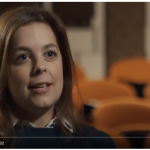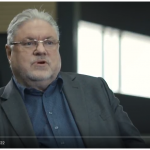Home > Case Studies

 |
Case study 1. Developmental and diverse feedback: helping first-year learners to transition into higher educationIn this first year medieval history subject, educators provide a range of diverse assessment tasks and feedback which are structured to help first year learners transition into higher education. Key features of this case study include:
|
 |
Case study 2. Personalised feedback at scale: Moderating audio feedback in first-year psychologyToo often, it is felt that personalised feedback can only be provided in subjects with small learner enrolments. However, this case demonstrates that personalised, high-quality feedback can be provided consistently and at scale in a large first-year subject. Key features of this case study include:
|
 |
Case study 3. In-class feedback: a flipped teaching model in first-year physicsThe use of a flipped classroom approach promotes the idea that learners learn key concepts or skills prior to class, so that they can then engage meaningfully during class time in activities that are designed to extend their understanding and ability. Key features of this case study include:
|
 |
Case study 5. Layers and loops: scaffolding feedback opportunities in first-year biologyThis case highlights the work undertaken to design and deliver feedback information in a large-scale, first-year biology subject. Key features of this case study include:
|
 |
Case study 6. Multiple prompt strategies across contexts: feedback in classroom, lab and professional practiceThis case study demonstrates an innovative approach to managing feedback and assessment strategies by planning a large section of a course as a single subject, rather than four individual subjects. Key features of this case study include:
|
 |
Case study 7. Investing in educators: enhancing feedback practices through the development of strong tutoring teamsThis case illustrates the importance of investing in tutoring staff if we are serious about enacting good feedback. Key features of this case study include:
|






